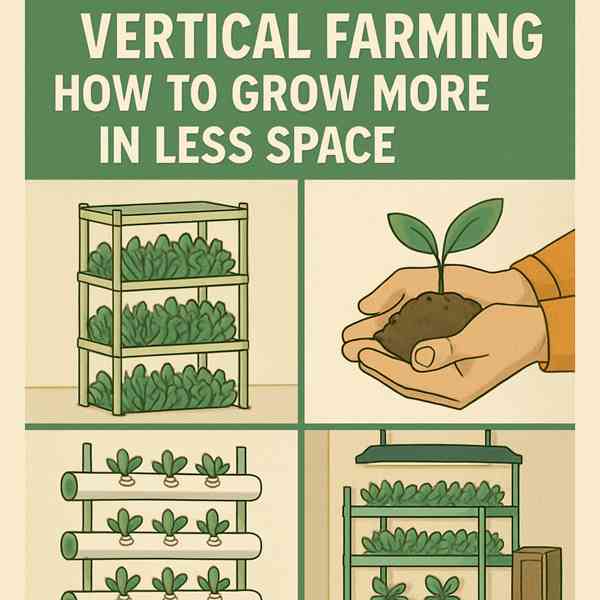Sustainable Practices for Future Growth
Sustainable Practices for Future Growth
Blog Article

While agriculture focuses on sustaining human needs, forestry involves maintaining natural ecosystems.
As technology and sustainability become more necessary, both agriculture and forestry are evolving to adapt to environmental changes.
Understanding Agriculture
It has been the lifeblood of human civilization for thousands of years.
Main components of agriculture include:
- Cultivating grains, vegetables, and fruits
- Raising livestock for meat, milk, and wool
- Agroforestry
- Reducing chemical use and preserving soil
Modern agriculture aims to minimize environmental impact through sustainable solutions.
Understanding Forestry
It includes activities such as reforestation to maintain biodiversity and ecosystem health.
Key forestry practices:
- Silviculture
- Protecting natural habitats
- Timber harvesting
- Greening cities through tree planting
Responsible forestry practices help combat climate change.
Green Innovations for Better Outcomes
Adopting sustainable practices ensures that natural resources are conserved.
Sustainable methods to consider:
- Conservation tillage
- Integrating natural cycles into farming
- Maintaining forest structure and diversity
- Reforestation and afforestation
By embracing these practices, farmers and foresters can secure long-term viability.
Challenges in Agriculture and Forestry
Despite their importance, both agriculture and forestry face complex issues related to climate change, resource depletion, and policy shifts.
Key issues in the sector:
- Impact on crop yields and forest health
- Water scarcity
- Deforestation and habitat loss
- Financial risk for farmers and loggers
Addressing these challenges requires innovative solutions.
How Innovation Is Changing the Industry
Digital tools, data analytics, and automation are reducing human error.
Technological advancements include:
- Using GPS and data for targeted agriculture
- Monitoring crop health and forest cover
- Creating more resilient plant varieties
- Smarter resource allocation
Integrating technology ensures that both agriculture and forestry keep pace with global demands.
Conclusion
Whether focused on conservation or commercial use, both sectors play an irreplaceable here part in the global ecosystem.
By doing so, agriculture and forestry can continue to enhance environmental resilience.
Report this page